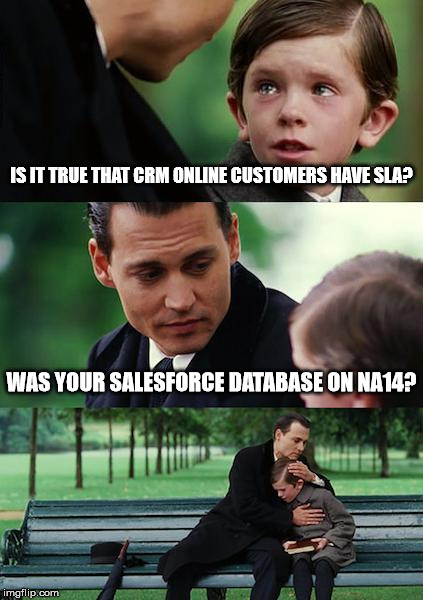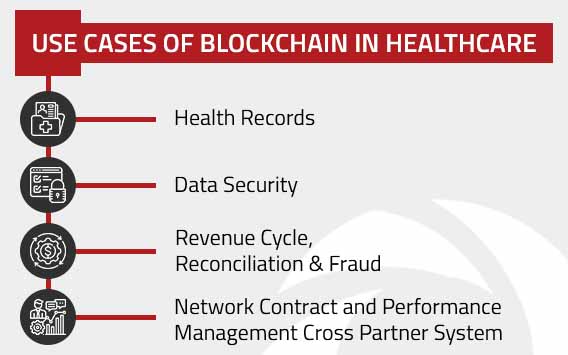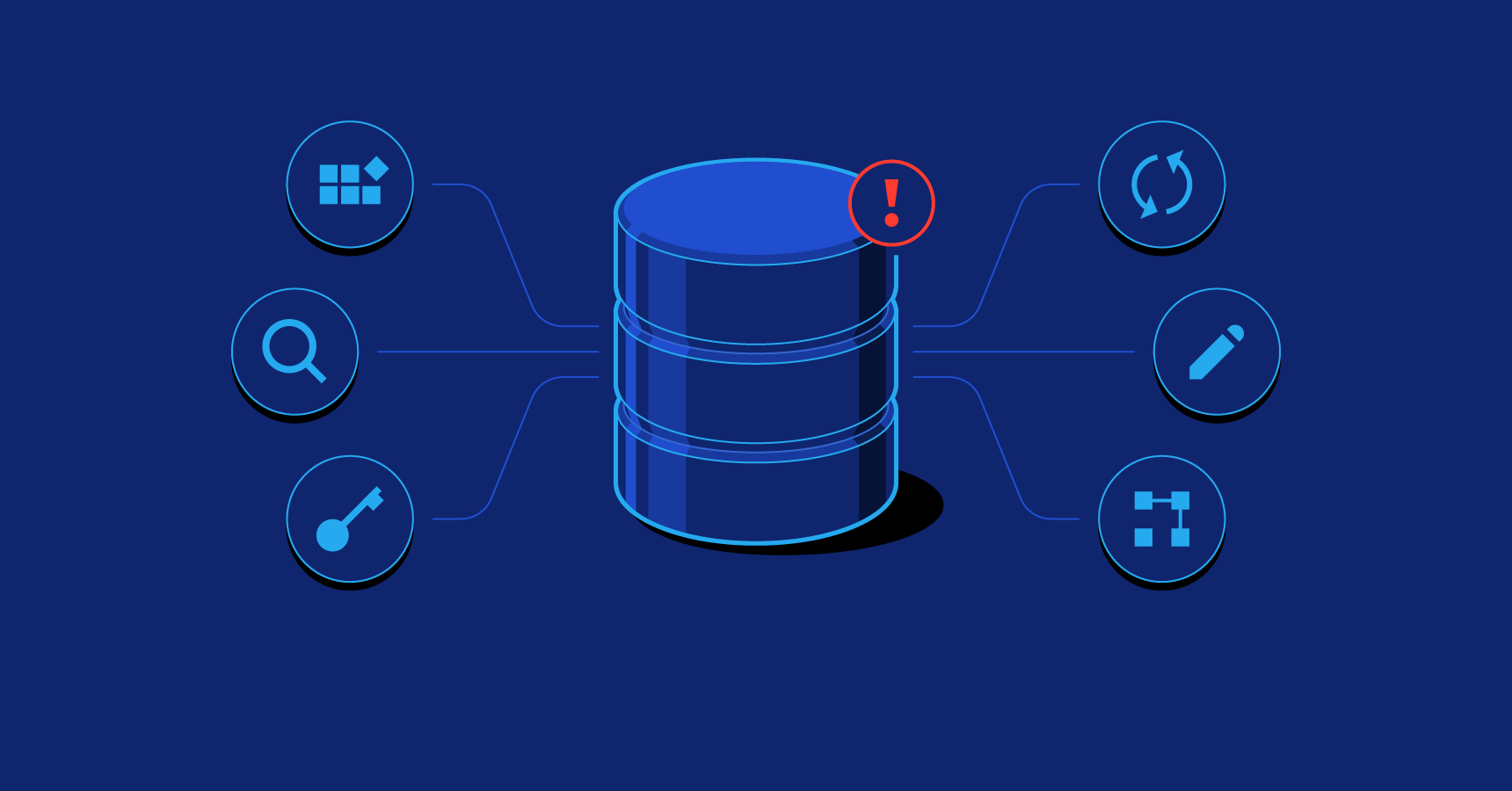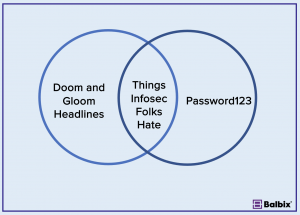How does open source development work?
What is open source development and how different is it from traditional software development approaches? How does it actually work and benefit both developers and end-users? What are the potential challenges and rewards associated with this type of software development? These are some of the questions that many curious minds pose when they first encounter the concept of open source development.
Traditional software development methods have been challenged by the fast-paced evolution of technology. According to a study by Accenture, despite allocating significant resources, many companies struggle to keep up with technological advancements using a closed source approach. Similarly, the Harvard Business Review highlighted the setbacks of traditional development including slower innovation speed, higher costs, and restricted flexibility. The need for a more collaborative, cost-efficient, and dynamic development method has become apparent, thus giving rise to the concept of open source development.
In this article, you will learn about the intricacies of open source development, its practical application, and the pros and cons associated with it. The discussion does not just delve into the theoretical aspect, but also presents real-world examples and case studies that have successfully implemented this approach.
The article also aims to address common concerns and misconceptions about open source development while elaborating on how it is shaping the future of software development amidst increasing digital transformation initiatives worldwide. With insights from industry experts, this article will provide a comprehensive understanding of open source development and its potential.
:max_bytes(150000):strip_icc()/dogecoin-02b89237819544f19a7440c5405e12f7.jpg)
Definitions and Meanings in Open Source Development
Open Source Development is a method of software creation characterized by transparency, participation, and collaboration. In this context, Open Source refers to a type of software whose source code is freely available to the public. Anyone can view, modify, and distribute the source code, thereby fostering innovation through collective problem-solving. Development, in this case, means the process of creating, testing, and maintaining software. Consequently, Open Source Development encourages a community-focused approach where programmers worldwide work together to improve software quality and security. This shared effort prevents the monopoly of knowledge, benefiting both programmers and end-users.
Unmasking the Model of Open Source Development: The Core Features and Principles
Essential Features of Open Source Development
Open source development is underpinned by a distinctly collaborative model that thrives on the principles of transparency, engagement, and shared value. One fundamental characteristic is the ‘open source’ license, allowing anyone to see, use, modify, and distribute the project’s source code. This public availability fosters an ecosystem of collective learning and innovation. Developers take existing codes, improve them, fix bugs, and adapt them to their unique use-cases. The continuous cycle of addition, modification, and distribution results in software that is continually evolved and enhanced.
An integral part of open source development is the community. It’s an arena where developers convene to collaborate, share ideas, and work on projects. This community interaction is usually guided by certain code of conduct to ensure respect and productivity within the environment. The benefit of such a model is the diversity it brings, in terms of ideas, knowledge, and skills, all channeled into a project to reach its maximum potential.
The Guiding Principles of Open Source Development
The open source development approach is guided by a certain set of principles, considered the open source doctrine. These principles are fundamentally designed to maintain equilibrium in control while harnessing the power of collective intelligence in software development.
- Transparency: Open source development is fundamentally about transparency at every level. The codes are openly accessible, and so are the strategies, the progress, and the discussions. This comprehensive openness in communication creates trust and stimulates continual progress.
- Meritocracy: In open source development, recognition is based on individual contributions. The more beneficial your codes are, the more recognition and influence you acquire within the community. This merit-based system promotes innovation and hard work.
- Collaboration: Open source software is built on global collaborations. Developers from different backgrounds, geographical locations, skills level, and areas of expertise collaborate on projects. This pooling of global resources considerably ramps up the innovation and performance of these projects.
In conclusion, open source development thrives by leveraging an engaged community of developers, operating logically and ethically within an open and respectful environment. This strategy has proven beneficial time and again at creating innovative, reliable, and efficient software, making open source an essential part of today’s digital landscape.
Tracing the Evolution of Open Source Development: A Historic Overview
The Journey of Open Source:
Is it really possible to build a software freely accessible to the public, constantly evolving and improving with the contribution of countless individuals around the globe? This unique phenomenon, where anyone can participate, improve, modify and distribute software, is exactly what open-source development is all about. It’s a journey that dates back to the inception of computing, even before the birth of the Internet. Emerging from the ideological fights between proprietary versus open systems, the open-source development model challenges the conventional wisdom of software development, showing that collaboration can produce cutting-edge, robust software, regularly challenging and outpacing their proprietary competitors.
Challenges Along the Path:
However, this path hasn’t been without its setbacks. The primary issue is the free-for-all nature of participation, which can often compromise the quality and reliability of the software. Without standard governing rules and frameworks, the resulting output can often be chaotic, ridden with bugs, compatibility issues, and other operational challenges. Funding is another common area of concern. Since open source software is free to use, it can be challenging to generate revenue for the project. Furthermore, the software can sometimes become a victim of its success, as increased popularity demands higher scalability and maintenance, thus putting additional pressure on the system.
Success through Collaboration:
Despite these, numerous open-source projects have emerged to defy these challenges and gain global acceptance. The Linux operating system, which powers the vast majority of servers worldwide, comes from fully open source development, standing as a testament to the potential of this model. Similarly, the world’s most popular web server software, Apache HTTP Server, and the database system, MySQL, are successful examples of open-source products. Frameworks, programming languages, and libraries like Node.js, Python, and React.js, each one has countless contributors who constantly refine and enhance the software. They epitomize best practices through implementing well-drafted contribution guidelines, establishing governing bodies, and adopting a transparent and merit-based system. Financial sustainability is achieved through donations, sponsorships, or by offering commercial versions with extra features or technical support, thus ensuring the continuity and growth of these projects.
Each of these successful projects highlights that open source development is not just about writing code publicly, but it is a philosophy of software creation; it requires a culture of sharing and collaboration that defies geographical boundaries and transcends individual capabilities.
Transformative Impact of Open Source Development on Modern Tech Industry
A Provocative Enquiry: Is Open Source Development Transforming the Tech Industry?
Ponder this: Has open source development catalyzed the evolution of the modern tech industry? The answer, if you look closely, is a resounding yes. Open source development allows anyone with software development skills to modify, enhance, or create functionalities based on pre-existing open source software, propelling rapid innovation and adaptability in the tech industry. Being a non-proprietary model, it breaks down the monopolistic walls that restrict the free flow of knowledge and innovation – serving as a boon to the tech industry. By pooling together a global network of developers, open source assures a democratic, community-driven effort to software creation and collaboration, setting a significantly higher standard for software quality and security.
Unveiling the Central Challenge
Yet, as transformative as open source development may be, it is not without its hurdles that need to be overcome. The primary concern lies in the fact that open-source software can be freely accessed, modified, and distributed by anyone. Therefore, managing and coordinating updates or modifications initiated by various developers can be challenging. Ensuring compatibility between various components modified by different contributors also presents a challenge.
The non-existent proprietary ownership can also sometimes disincentivize developers who might not necessarily see an immediate direct benefit from their contribution. Furthermore, the open-source model’s sheer breadth and scale can result in security vulnerabilities if not meticulously managed – a daunting task given that it involves contributors across the globe.
Exemplary Practices: Tackling the Challenges
Despite these challenges, several best practices have shown immense potential in optimizing open source development’s benefits. Take, for example, the Linux operating system, a largely successful open source project. The Linux community follows a hierarchical structure, a trusted group of individuals reviews and integrates changes, maintaining high code standards and minimizing compatibility issues.
In terms of incentivizing contributions, the Apache Software Foundation has set a remarkable example. It has created a meritocracy where contributors gain merit and recognition from their peers by providing substantial contributions. This encourages developers to participate and contribute actively to the community.
Lastly, to address security concerns, open source communities could foster a ‘many-eyes’ approach – a practice where many independent developers scrutinize the code, thereby increasing the chance of detecting and rectifying vulnerabilities swiftly. Therefore, through these best practices, open source development’s challenges can be overcome, further fueling its transformative impact on the modern tech industry.
Conclusion
In reflecting deeply on the mechanics and logistics of open source software development, one may wonder – could this be the standard model for technological development in the future? Open source methods display a level of flexibility, adaptability, and collective intelligence that is unparalleled in traditional development processes. They highlight the spirit of collaboration and the importance of transparency. Moreover, they challenge the conventional wisdom on product development and copyright laws by embracing broader distribution, modification, and ownership. The promise of open source development thus lies not just in the quality products it produces but also in the innovative workflows and processes it fosters.
Our platform aims to shed light on the exciting, constantly evolving world of open source development. By doing so, we hope to keep our readers informed and equipped in this challenging but rewarding field. We promise each of our readers unique insights and updates, a window into the world of shared codes, and the thrill and satisfaction of contributing to the improvement of human lives through software. We invite you to stay connected, engage with us, and join the growing community of open source enthusiasts.
As we anticipate new updates in the world of open source software development, we hope you’ll be with us every step of the way. This platform is not just a blog, but a journey of discovery into the workings and marvels of open source. Stay tuned for future releases, where we will delve deeper into the complexities of open source, discuss the latest trends, and showcase the transformative impacts it has had on industries from healthcare to finance, education, and government. Open source is more than just a method of development; it is a revolution that singlehandedly has the potential to shape the future. Join us, and be part of that change.
F.A.Q.
1. What is open source development?
Open source development is a method where the source code of a software program or project is made available publicly, allowing anyone to view, use, modify, and distribute the project’s source code. This system encourages collaboration and transparency, as anyone can contribute, extending the software’s capabilities and efficiency.
2. How is open source development different from traditional software development?
Unlike traditional software development where the source code is kept hidden, in open source development, the code is accessible to everyone. This enables a community-style development approach where developers from around the world can collaborate, contribute and learn from the code.
3. Who can contribute to an open source project?
Anyone with interest, regardless of their level of coding skill, can contribute to an open source project. This includes beginner coders, student programmers, hobbyist developers, professional coders, and even multinational tech companies.
4. How does open source benefit developers and the technology community?
Open source allows developers to learn from each other, improving their skills and understanding of programming. The transparency and freedom provided by open source fosters innovation within the technology community, leading to more robust, secure, and efficient software.
5. Can you make money from open source projects?
While open source software is freely available, revenue can be generated through various methods such as offering premium versions, providing technical support, training or consultation, and through donations. Some successful companies like Red Hat and MongoDB have built business models around open-source software.









